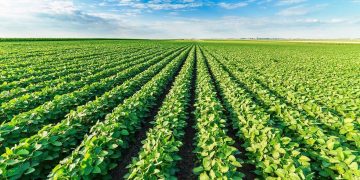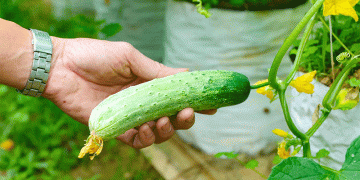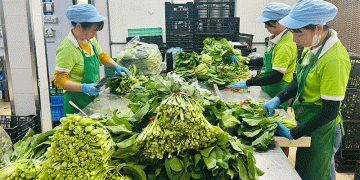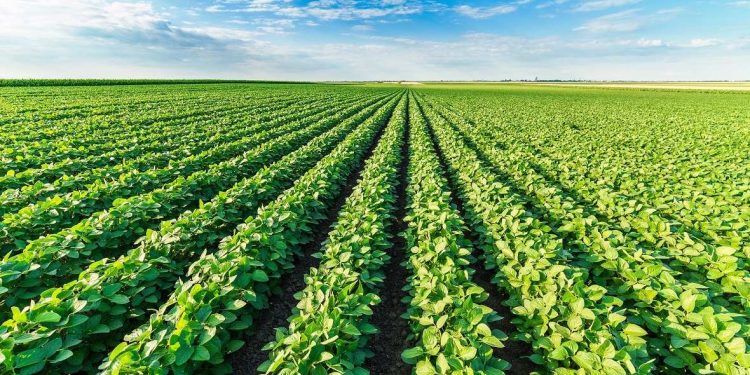#Agriculture #Farming #AgriculturalEconomics #GovernmentSupport #AgriculturalDevelopment #Sustainability #FinancialMechanisms #Subsidies #RuralDevelopment #CropProduction #LivestockProduction #AgriculturalInvestments
According to preliminary estimates by the Ministry of Agriculture, the average profitability of agricultural producers in 2023 was 15.5% without subsidies, and with them increased to 18.9%, which indicates a slight decrease compared to last year’s figures of 16.3% and 20.3%, respectively. It is noteworthy that such a decrease is associated with a decrease in profitability in crop production, while in livestock production there was an increase of 1%, as Deputy Minister of Agriculture Elena Fastova emphasized during the “Margin 2024” conference.
At the same time, in 2023, the food production index reached 105.9%, contrasting with a slight decline in agricultural production to 99.7%. Despite this, the overall agricultural industry is expected to grow, with an expected agricultural production index of 102.9% in 2024, highlighting resilience despite challenges, Fastova noted.
State support for agricultural producers in 2023 reached almost 541 billion rubles, which is significantly more than in previous years: in 2024, 529 billion rubles were allocated for support. and improving the reclamation complex in order to introduce sustainable agricultural methods.
The main program for the development of agriculture notes a decrease in funding to 393.2 billion rubles, but investments remain a key area, amounting to more than 200 billion rubles. budget. In addition, significant attention is paid to such priorities as industry development, technical modernization and export of agricultural products: 81.9 billion and 51.7 billion rubles are allocated for them, respectively.
Notably, oilseed incentive subsidies and offset measures are being adjusted, reflecting the government’s strategic approach to supporting vital sectors. The introduction of combined subsidies aims to provide financial stability in priority areas with pre-determined support for agricultural activities such as agricultural operations, luxury livestock and small-scale farming, allowing for flexibility in regional preferences.
Moreover, agricultural finance mechanisms are evolving, with subsidized loans expanding to cover a wider range of agricultural activities. Fastova highlights the introduction of floating interest rates, offering competitive rates of just 6.8% for priority sectors, increasing accessibility and affordability for farmers.
While challenges remain, the agriculture sector in 2024 will demonstrate resilience and adaptability through strategic government interventions and the development of financial mechanisms that promote sustainability and growth opportunities for farmers and stakeholders.
































